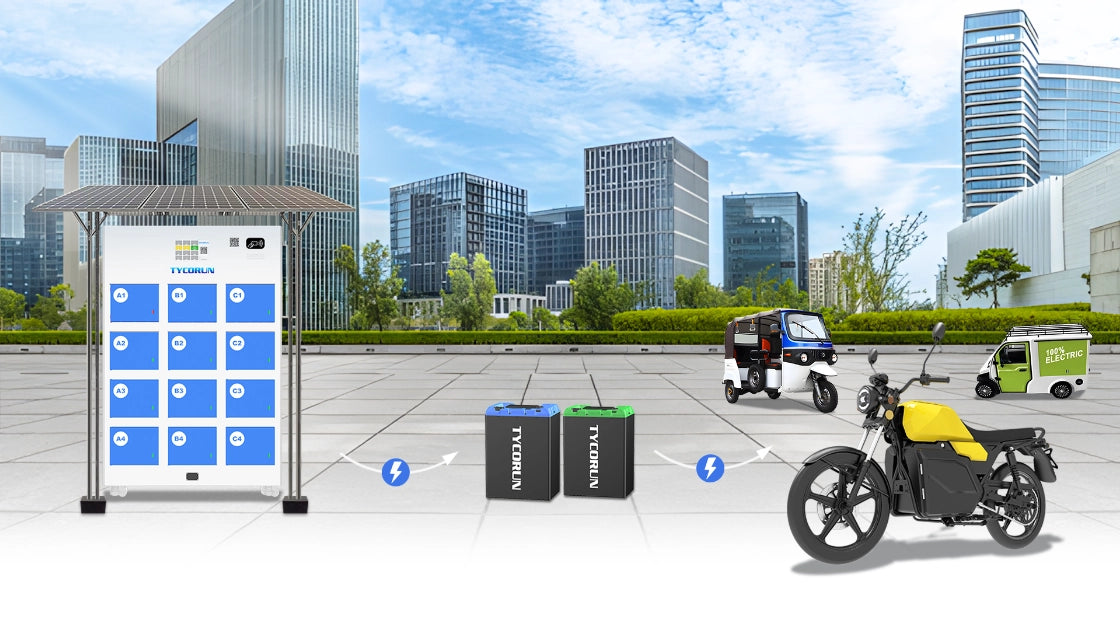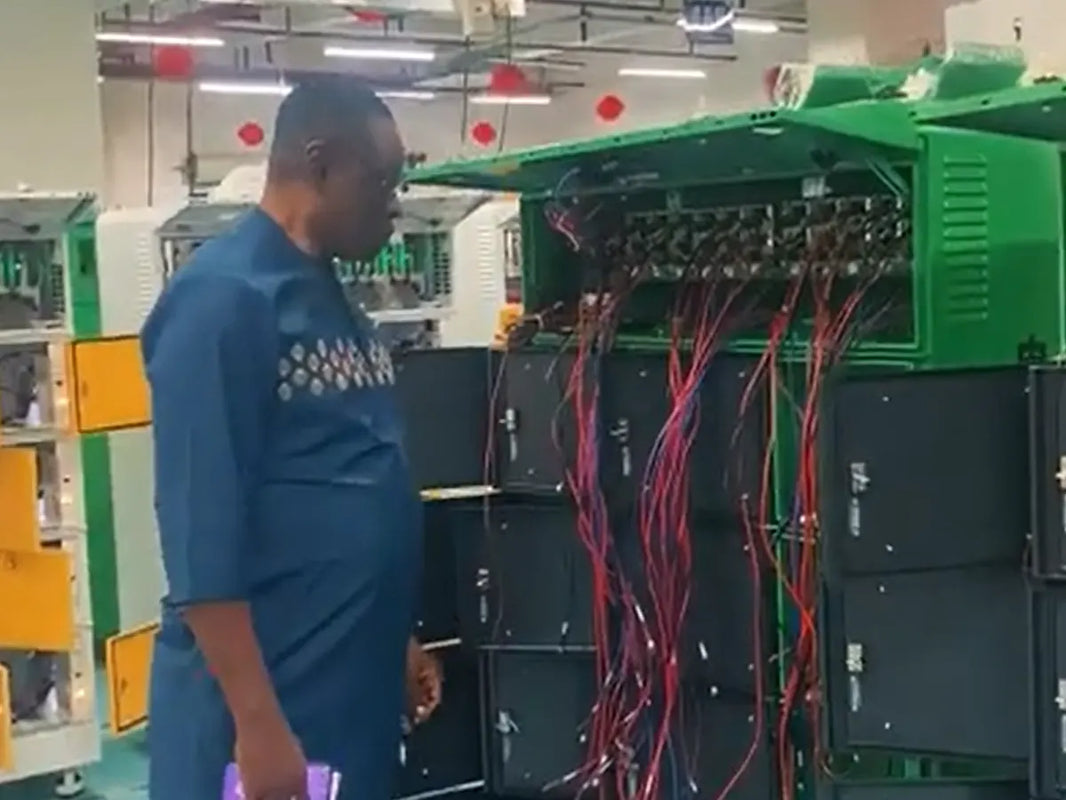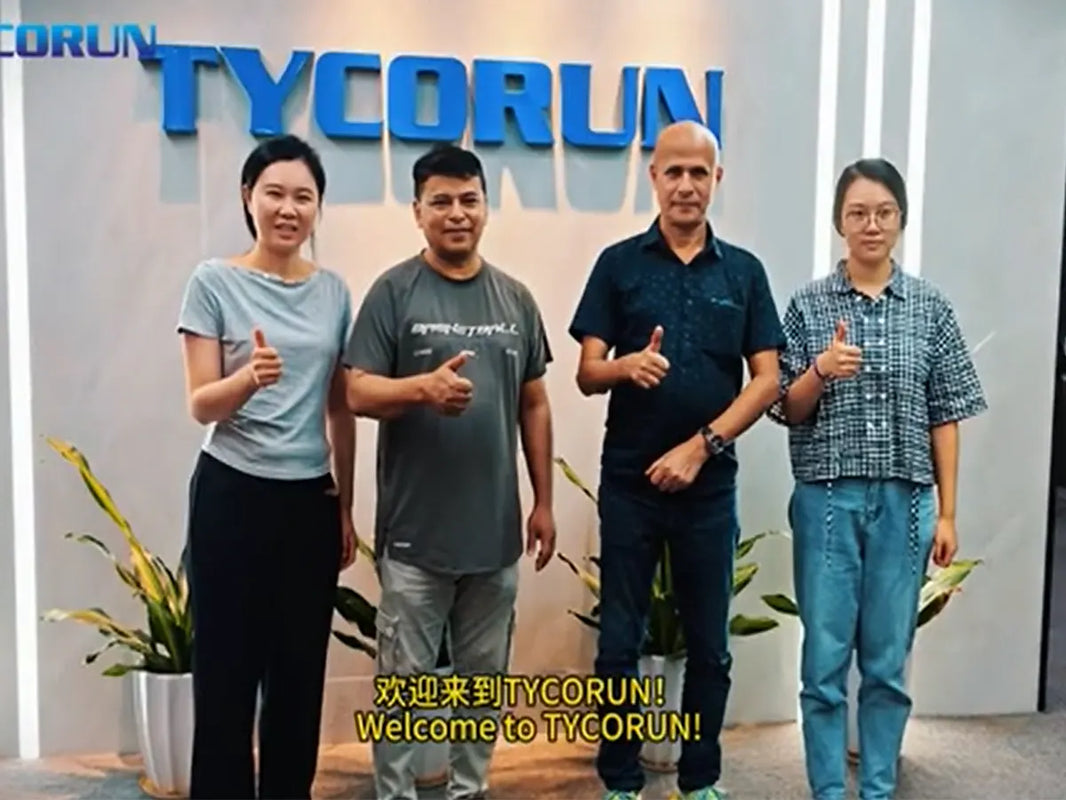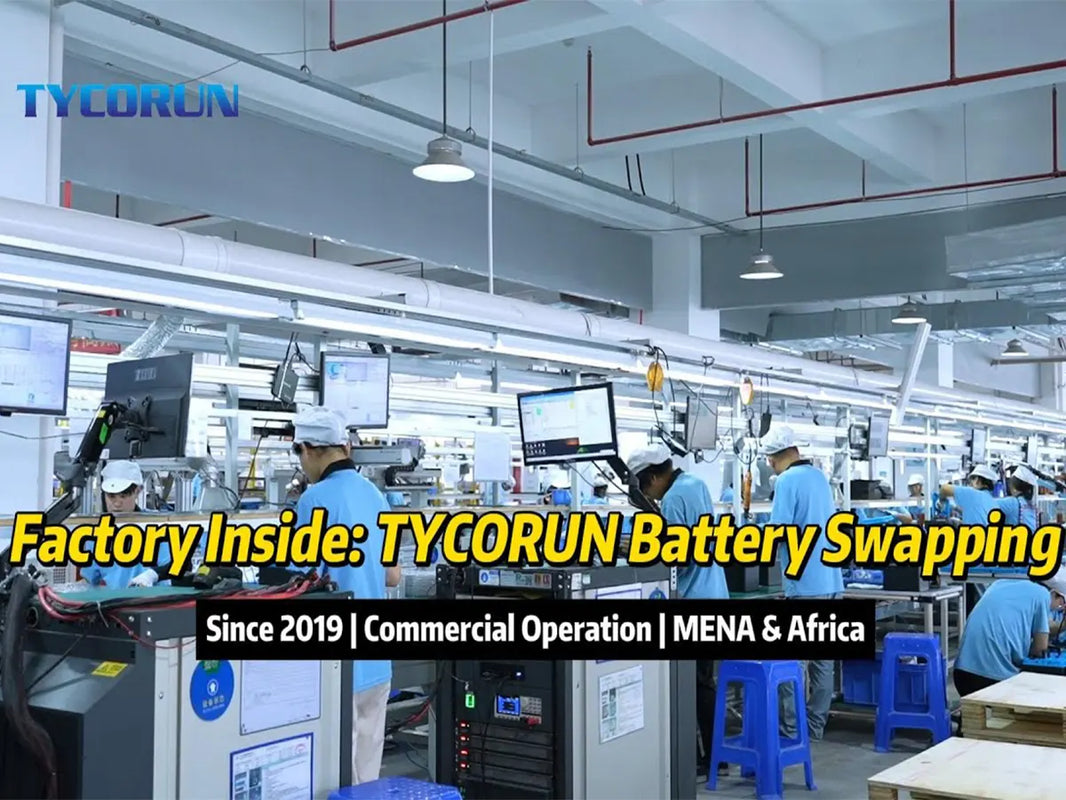
Main content:
- Background and Policy Drivers
- Current Status and Growth Drivers of the E2W Market in Vietnam
- Battery Swapping as an Effective Solution to Range Anxiety
- LG Energy Solution's Entry into Vietnam's Battery Swapping Market
- Market Competition Landscape and Opportunities
- Challenges and Response Strategies
- Conclusion
With growing global awareness of environmental protection and the implementation of governments’ commitments to reducing carbon emissions, the electric two-wheeler (E2W) market is facing unprecedented opportunities. As one of the key economies in Southeast Asia, Vietnam has in recent years taken a series of major steps to promote the electrification of transportation.
In particular, the gradual implementation of the “motorcycle ban” in Hanoi and Ho Chi Minh City not only marks Vietnam’s determination to transition to green transportation but also provides new opportunities for the development of E2Ws and related industries such as battery swapping networks (understanding what is battery swapping technology). This article explores in depth the specific impacts of Vietnam’s motorcycle ban on the E2W battery swapping market and forecasts future development trends.
Background and Policy Drivers
Starting July 1, 2026, Vietnam’s capital Hanoi will prohibit the circulation of fuel-powered motorcycles within the First Ring Road and plans to extend the ban to the Third Ring Road by 2030. Ho Chi Minh City also plans to phase out gasoline-powered motorcycles starting in 2026. This “motorcycle ban” is not a temporary measure but part of Vietnam’s long-term transportation electrification strategy — the national plan explicitly states that all gasoline-powered two-wheelers will be completely phased out by 2045.
This decision is driven by three main factors:
-
Environmental Pressure: Hanoi’s annual average PM2.5 level is twice the national standard, with fuel-powered motorcycle exhaust contributing over 80%.
-
Energy Transition Needs: Reduce dependence on petroleum and increase the share of renewable energy.
-
International Commitments: Fulfill global emission reduction pledges and participate in green development initiatives.
These policies will directly reshape the energy structure of Vietnam’s two-wheeler market, and the battery swapping model is well-positioned to fit this transformation (explore battery swapping stations business model).
Current Status and Growth Drivers of the E2W Market in Vietnam

Vietnam is known as the “kingdom of motorcycles,” with over 72 million gasoline-powered motorcycles in use. Thanks to government policies such as purchase tax exemptions, charging station subsidies, and old-vehicle trade-in incentives, the penetration rate of electric two-wheelers has risen from 12% in 2022 to 18% in 2025, and it is expected that 30 million gasoline motorcycles will be replaced over the next decade. The main growth drivers include:
-
Policy Support: The interaction between the motorcycle ban and subsidy programs creates rigid demand.
-
Cost Advantage: E2Ws have significantly lower operating costs compared to fuel motorcycles, especially when fuel prices are high.
-
Technological Progress: Advances in lithium battery range and charging efficiency are accelerating the adoption of high-end models.
- Corporate Competition: Brands such as VinFast, Niu, TailG, and Yadea are rapidly expanding distribution channels through local partnerships.
Battery Swapping as an Effective Solution to Range Anxiety

While demand for E2Ws is strong, insufficient charging infrastructure remains a major barrier to mass adoption. In this context, battery swapping is attracting attention for its convenience:
-
Reduced Waiting Time: Unlike traditional charging, which takes hours, swapping stations can replace a battery in minutes, greatly improving efficiency.
-
Lower Upfront Costs: Users can opt for battery rental instead of purchasing an expensive electric motorcycle battery outright, reducing the financial burden.
-
Resource Sharing: Centralized management of battery assets enables more efficient energy use and reduces waste.
In regions such as Africa and the Middle East, where urban mobility challenges and limited charging infrastructure are common, TYCORUN, a leading battery swap station solution provider, has successfully deployed modular battery systems and fast-swap technology, enabling riders to replace batteries in under three minutes. These proven solutions, developed for markets with similar infrastructure constraints, could be adapted to Vietnam’s dense urban environments, helping accelerate the country’s transition to electric two-wheelers.
LG Energy Solution’s Entry into Vietnam’s Battery Swapping Market

LG Energy Solution (LGES), the world’s second-largest EV battery manufacturer, has chosen to establish a production base in Phu Tho Province and develop a battery swapping network in Vietnam — a move with deep strategic implications:
-
Technical Support: Leveraging advanced lithium-ion battery technology and manufacturing expertise, LG can provide high-quality power battery products for Vietnam.
-
Infrastructure Development: Beyond production, LG will also participate in the planning and construction of local charging and swapping stations (explore battery swap vs charging), helping to build a complete new energy ecosystem.
- Boost to Local Economy: The project is expected to attract significant foreign investment to Phu Tho Province, create jobs, and promote regional economic growth.
Market Competition Landscape and Opportunities

- First-Mover Advantage of Local Brands
VinFast, with strong local manufacturing capabilities and an existing charging/swapping network, holds over 40% market share in the E2W sector and enjoys both policy and distribution advantages.
- Entry of International Capital and Technology
LGES’s planned plant and swapping network will bring advanced battery management and operational expertise. Japanese brands such as Honda and Yamaha, though late entrants, could enter through rental and battery swapping models.
- Chinese Brands Competing on Cost-Effectiveness
Brands like Yadea and DIBAO already have sales networks in Vietnam and could quickly expand market share by partnering with local energy companies or mobility platforms to deploy swapping stations.
- Rise of Independent Battery Swapping Service Providers
In addition to OEM-built networks, third-party swapping service providers may emerge to offer Battery-as-a-Service (BaaS) for multiple brands, helping reduce market fragmentation.
Challenges and Response Strategies
Despite the promising outlook, Vietnam’s E2W battery swapping market faces several challenges:
-
Standardization Issues: Significant differences in battery specifications between brands hinder universal swapping services. Industry players need to collaborate and develop unified standards.
-
Low Public Awareness: Some consumers have doubts about the safety and convenience of battery swapping. Governments and companies should strengthen public education to increase acceptance.
- High Capital Requirements: Large-scale swapping networks require heavy upfront investment and may not be profitable in the short term. Multiple financing channels and public-private partnership models should be explored.
Conclusion
Vietnam’s “motorcycle ban” is not only a signal for phasing out fuel-powered two-wheelers but also a historic opportunity for scaling up the E2W battery swapping model.
For businesses, this is not just a market for selling vehicles — it is a competitive arena for long-term energy supply networks and urban mobility ecosystems. Securing a first-mover advantage in deploying battery swapping infrastructure will be key to determining who dominates Vietnam’s urban mobility market over the next decade.
Related articles: top 10 battery swap station companies,battery swapping stations near me
















